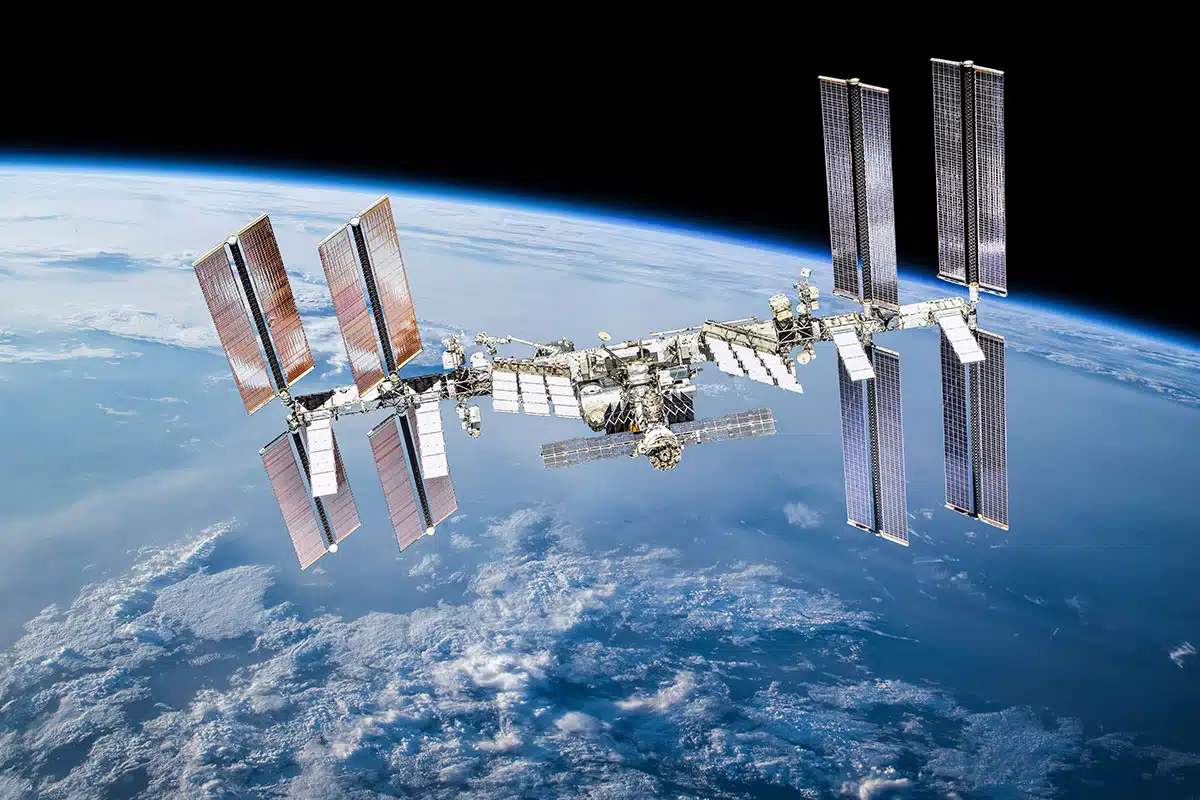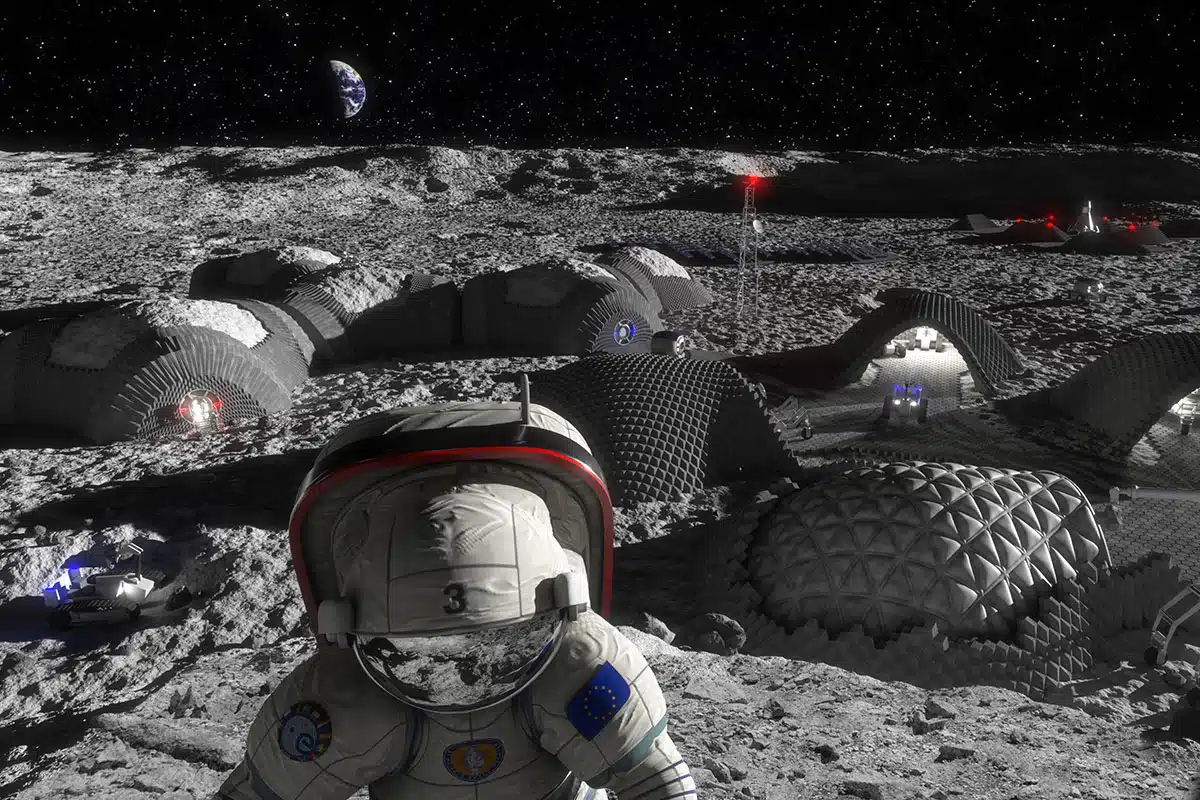Electronics manufacturing has undergone multiple changes over the past few decades. Technologies like 3D printing, computer-aided design, and the Industrial Internet of Things (IIOT) have changed the factory floor considerably in just the past twenty years. But in many ways, the factory still resembles its 20th-century predecessor. That may be about to change, however, because a confluence of new technologies is coming together to create a whole new way to make electronics—by manufacturing in space.
The History of Space-Based Manufacturing
Even though it will be years before we see commercial manufacturing in space, researchers and corporate executives have been planning for space-based manufacturing since the sixties. In a way, these visionaries have been waiting for technology to catch up to their aspirations, and that’s finally happening.
Computing power, for example, has grown exponentially since the mid-20th century, leading to advances in AI, robotics, and communications. In addition, launch costs have fallen over the past few decades, and the trend is continuing. There are still a few technological roadblocks to overcome, but as a recent McKinsey analysis points out, we are nearing the point at which space-based R&D and manufacturing become a reality.
Why Manufacture in Space?
For the aerospace and defense industries, the advantages of manufacturing and assembling products in space are obvious. Space shuttles and other structures, such as labs, can take on diverse shapes if they don’t have to be launched from Earth’s surface. They can be made of thinner material as well. And they can be much bigger than anything that’s been built before.
Already, China is investigating a proposal to create ultra-large spacecraft that are half a mile long. These behemoths would be too large and too heavy to launch from Earth’s surface. Instead, the ship’s components would be sent up into space in a series of launches, and then the pieces would be assembled in orbit—like giant space Legos.
But creating large ships and space stations is just the beginning. Organizations like NASA want to do more than merely assemble components in space.
While it will take years to have factories in space, the benefits of these manufacturing innovations will be here a lot sooner.

Make It, Don’t Take It!
NASA officials have concluded that in order to undertake long-duration exploration missions, they must adopt a new paradigm for the construction and maintenance of space architectures. Their catchphrase for this new approach is “Make it, don’t take it.” The goal is to develop processes that allow for the on-demand fabrication and repair of critical systems and habitats. This would not only lower launch costs, but also reduce risks (and expenses) by decreasing the reliance on spare parts and lessening the need for component redundancy.
To that end, NASA is supporting the development of technologies that further its in-space manufacturing (ISM) initiative. These technologies include Zero-G 3D printers and recyclers, both of which have applications in electronics manufacturing. The agency’s multi-material FabLab, for example, is currently developing an additive process for 3D printing a variety of metals. NASA’s goal is to enable the manufacturing of critical components—including embedded electronics—that make long-duration space missions possible.
Another essential for long-duration space flights is the ability to recycle and refabricate materials. One of NASA’s solutions to this challenge is ERASMUS, a next-generation device that integrates a 3D printer with a recycler and a sterilizer to create a closed-loop system that turns plastic waste into food- and medical-grade filaments. These filaments can then be fed to a 3D printer to create plastic implements for a variety of purposes.
Once these technologies are fully developed, they will not only enable exploratory missions to reach deeper into space than ever before, they’ll also make the manufacturing and recycling of commercial electronics on earth more efficient and less expensive.
Made in Space
For the near future, NASA’s push for space-based manufacturing will benefit electronics companies only tangentially, by developing sophisticated new technologies that can be leveraged here on Earth. But eventually, electronics manufacturers will be able to reap the benefits of space more directly, by conducting research and development in sterile, microgravity environments—and possibly even manufacturing products there.
Companies hoping to one day conduct research or manufacturing in space have found a strong ally in NASA, which has doled out nearly $40 million in seed money to enable companies and research institutions to develop new technologies. The space agency has been up front about its desire to develop a robust economy in low-Earth orbit (LEO), and sees itself as both an investor and a future customer of the companies it helps fund.
The semiconductor industry is of particular interest to NASA, which of course benefits from smaller, faster processors.
Why Manufacture Semiconductors in Space?
Space offers a unique environment for research and manufacturing. Perhaps the most useful aspect of this environment—especially for semiconductor manufacturing—is microgravity. The near weightlessness of low-Earth orbits is ideal for chip manufacturing.
Right now, semiconductor chips are made in highly sanitized clean rooms, because even microscopic specks of dust can ruin a chip. Keeping these rooms clean requires expensive protocols and equipment—sophisticated filtration systems, multiple exhaust structures, static dissipative materials, and climate control equipment.
But in microgravity, specks of dust don’t “fall” onto chips. That’s one reason why a clean room in space would be easier to operate. Another reason is the natural vacuum of space. Researchers are now working on ways to leverage this natural vacuum to reduce or eliminate the gases that are generated during chip production. An innovation in this area could lead to more efficient layering techniques—both in space and on Earth—which would lead to smaller, faster chips.
Recycling: A Key to Manufacturing in Space
One of the roadblocks to manufacturing in space is the need to bring equipment and raw materials into low-Earth orbit—an expensive proposition. Fortunately, there are startup companies already tackling this problem, including a new business in Davis, California. Build Beyond LLC, a seed-stage startup, has created a device that can harvest metal from the space junk orbiting above us, and then recycle that metal to make new structures.
The device works on steel, aluminum, and other metals. It uses magnets to capture, move, and melt the material. Eventually, it will also be able to mold the metal into new shapes. The goal is to create an inductive foundry in space, one that can produce rods, plates, struts, and other components.
Space Technology Brings Manufacturing Solutions to Earth
As with so many technologies developed for space, Build Beyond’s device has potential applications here on Earth. Because inductive welding doesn’t create sparks, this technology could be used for welding or mending cracks in pipelines, large containers, and railroad cars. And because the device is designed to work autonomously, it can make dangerous repairs remotely—a real boon for worker safety.
The Davis startup’s recycling system is a prime example of where space-based manufacturing is right now—at the very beginning. And though these new technologies are being developed to operate in low-Earth orbit, their initial applications will probably be rolled out here on the ground. So while it may take decades to have factories in space, the benefits of these manufacturing innovations will be here a lot sooner.
Electronics Design and Manufacturing Services
